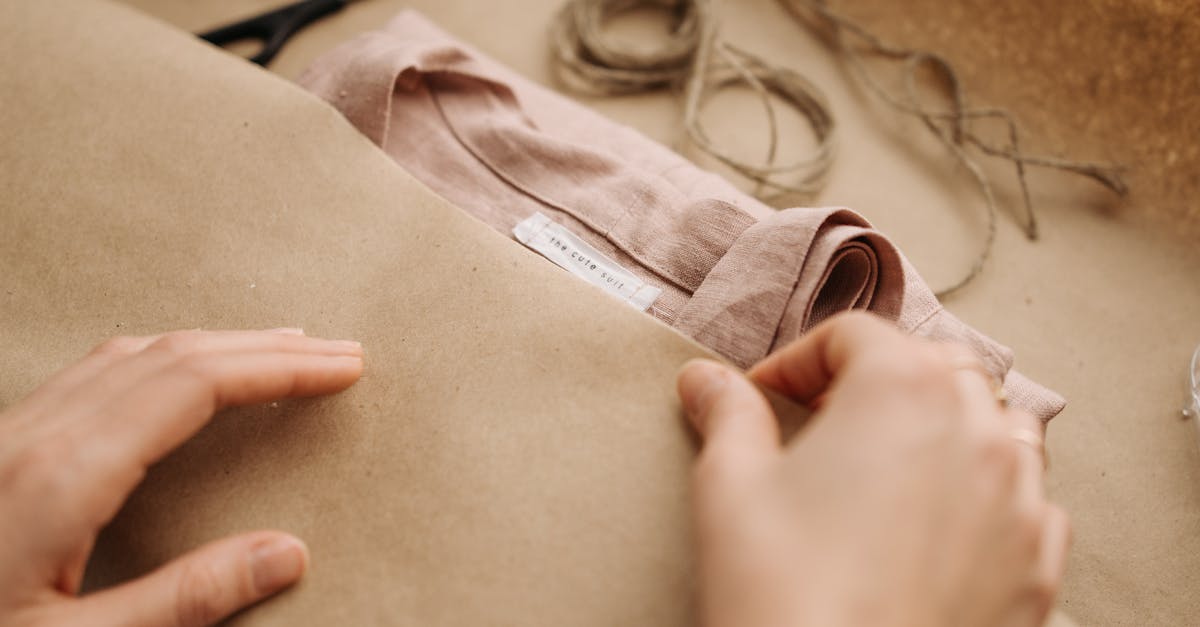Embracing Sustainable Style Savvy
Introduction to Sustainable Style
In a world increasingly aware of environmental challenges, sustainable style has emerged as a trend that marries fashion with eco-conscious choices. Sustainable style, or eco-friendly fashion, emphasizes reducing the environmental impact of clothing production, distribution, and disposal. It prioritizes materials that are sustainable, ethical labor practices, and the reduction of carbon footprints. With the fashion industry being notorious for waste and pollution, adopting sustainable style practices is more important than ever. Consumers today are more informed, demanding transparency and accountability from brands. This article delves into how sustainable style savvy is reshaping the fashion landscape and helping individuals make choices that align with environmental stewardship.
Advertisement
Understanding Sustainable Fashion
Sustainable fashion encompasses multiple dimensions, from designers utilizing recycled materials to consumers practicing mindful consumption. At its core, it's about creating a system that can support its process indefinitely without depleting resources or causing harm. This includes the use of organic materials, such as cotton and hemp, which require fewer chemicals and less water. Furthermore, eco-friendly dyes and manufacturing processes are crucial to minimizing environmental impact. Brands are increasingly investing in innovation to produce textiles that are sustainable, durable, and stylish. Understanding this intricate relationship between fashion and the environment is essential for those who wish to adopt a sustainable style.
Advertisement
The Rise of Conscious Consumerism
The shift towards sustainable style is largely driven by conscious consumerism—a growing trend of customers making purchasing decisions based on the social, ethical, and environmental implications of their choices. Modern consumers, particularly millennials and Gen Z, are opting for brands that reflect their values of sustainability. They scrutinize supply chains, seek transparency, and demand accountability from fashion labels. This evolving consumer mindset is encouraging brands to rethink their business models, invest in sustainable technologies, and pursue certifications that guarantee ecological responsibility. The power balance is shifting to consumers, who now have the leverage to drive significant change in the fashion industry.
Advertisement
Circular Fashion: A Revolutionary Approach
The concept of circular fashion is gaining momentum as a radical approach to sustainability. Unlike the traditional linear model—which follows a 'take, make, dispose' path—circular fashion aims to keep garments in use for as long as possible. This involves designing timeless pieces that can be reused, repaired, or recycled. Upcycling is a key component, transforming old or unused clothes into new creations. Furthermore, some businesses offer rental services or buy-back programs to encourage the continuous lifecycle of fashion items. By shifting to a circular fashion model, the industry can minimize waste and significantly reduce its carbon footprint.
Advertisement
Ethical Fashion and Fair Trade
Ethical fashion intersects with sustainable style by emphasizing fair trade practices and ensuring workers' rights and safe working conditions. In contrast to the exploitative practices often seen in mass production, ethical fashion supports transparent supply chains and empowers artisans. Brands are forming partnerships with cooperatives and small businesses around the world, providing economic opportunities and fair wages. This ethical approach is also seen in campaigns advocating for garment workers and promoting gender equality in the industry. Incorporating ethics into fashion calls for a holistic view that values the welfare of people as much as it does the planet.
Advertisement
Innovative Materials and Methods
Innovation is at the heart of sustainable style, with designers and researchers developing cutting-edge materials and methods. From lab-grown leather to fabrics derived from pineapple leaves, the materials landscape is rapidly evolving. Technological advancements are enabling the creation of biodegradable textiles and fabrics that are entirely compostable. Digital printing techniques are revolutionizing the dyeing process, reducing water and chemical use. Designers are also utilizing 3D knitting methods, which minimize fabric waste. The future of fashion lies in these groundbreaking technologies that not only enhance sustainability but also bring forth unique design possibilities.
Advertisement
The Role of Fashion Activists
Fashion activists play a pivotal role in promoting sustainable style by raising awareness and advocating for systemic changes in the industry. They employ powerful narratives and visual media to highlight environmentally harmful practices and champion responsible fashion choices. Organizations and individuals are rallying to promote policy changes and educate consumers about the impacts of their choices. Grassroots movements, online campaigns, and collaborations with celebrities amplify their message, inspiring action and engagement from a broader audience. These activists are essential in driving the conversation around sustainable style and holding the industry accountable.
Advertisement
Challenges to Overcome
Despite the progress made in sustainable fashion, several challenges persist. High production costs and limited consumer awareness pose significant barriers to widespread adoption. Many brands face difficulty sourcing sustainable materials at scale, affecting price points and competitiveness in the market. There is still a lack of standardized regulations and certifications, making it challenging to verify sustainable claims. To overcome these obstacles, collaboration across the industry, government interventions, and consumer education are essential. By addressing these hurdles, sustainable fashion can continue to grow and make a meaningful impact on environmental conservation.
Advertisement
The Investment in a Green Future
Investing in a green future requires collective effort from brands, consumers, and policymakers. The transition to sustainable fashion is a long-term commitment that involves continuous innovation and adaptation. Financial incentives and subsidies can encourage brands to adopt greener practices, while educational campaigns can shift consumer behavior. Policy measures that support sustainable practices, such as taxing carbon emissions or banning non-biodegradable materials, can accelerate change. With these concerted efforts, sustainable fashion can help mitigate climate change, conserve resources, and enhance the quality of life for future generations.
Advertisement
Conclusion: The Fashion of Tomorrow
As we navigate the complexities of sustainable style, it's clear that this movement is more than a passing trend—it's the future of fashion. Embracing sustainability requires a shift in mindset, encouraging both brands and consumers to adopt eco-friendly practices. While challenges remain, the growing interest in sustainable fashion signifies hope for a more conscientious and responsible industry. By prioritizing ethical and sustainable practices, we can create a fashion landscape that supports both people and the planet. The fashion of tomorrow is one where every choice reflects a commitment to a healthier, more sustainable world.
Advertisement



